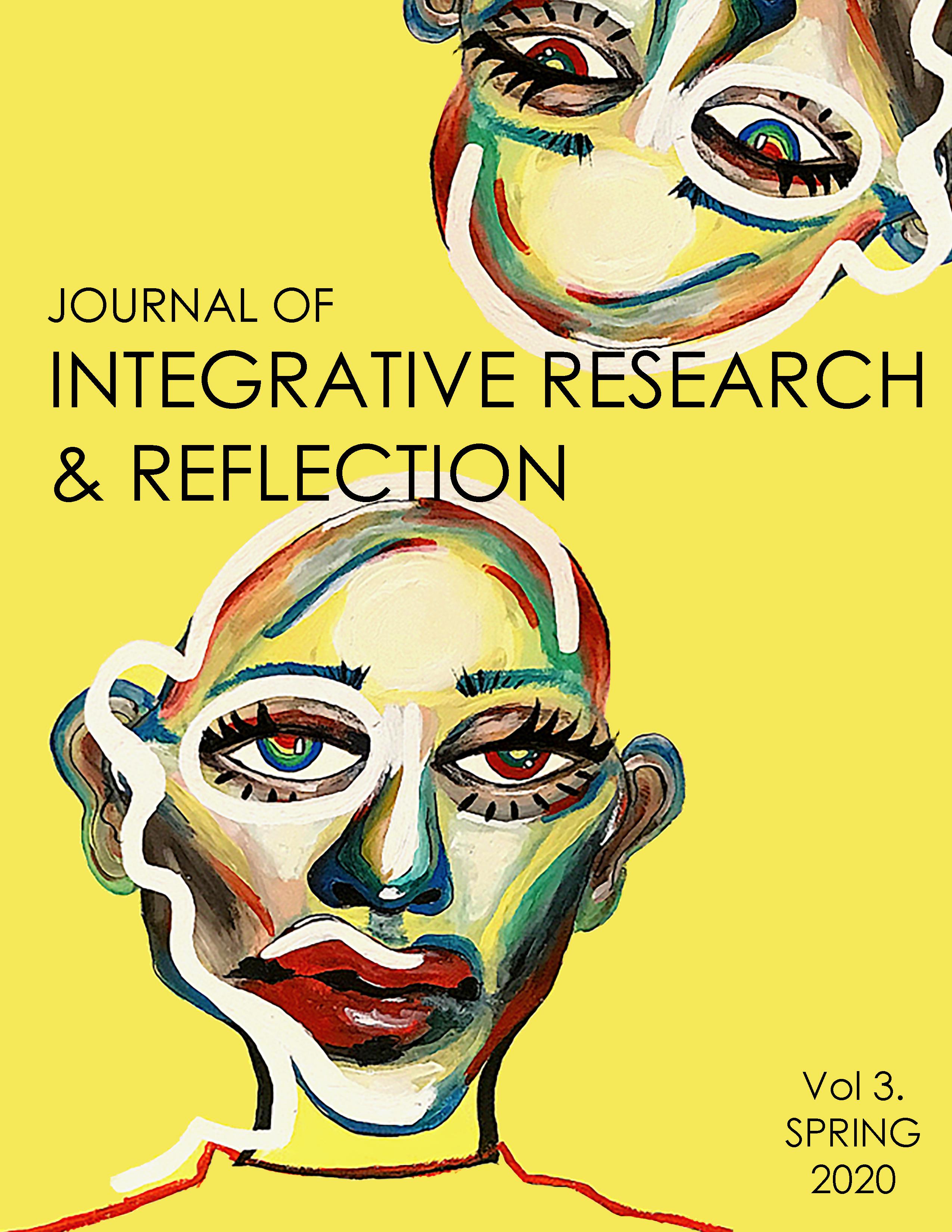How Restorative Justice Practices Create Safer More Caring School Communities
DOI:
https://doi.org/10.15353/jirr.v3.419Abstract
This paper looks at the traditionally retributive paradigm that is used in Western educational systems to control misbehaviour, issues of injustice, and violence in schools. The paper first talks about the ineffectiveness of this paradigm in creating communities of care and safer schools. The paper then offers that restorative justice (RJ) practices are more effective at creating communities of care and making schools safer. In fact, many schools in North America have been recognizing this and thus implementing RJ practices. The paper looks in depth as to what RJ is and how it is relevant to and works within the school context. This is done to show that RJ changes how individuals view harm. The traditional retributive paradigm views harm as an act of injustice against the state/law, whereas RJ views harm as harm against human beings. This means that RJ fosters understanding, accountability, empathy, connection, and learning positive reconciliation skills that can both be reactive and preventive ways to address harm in schools. Through all these things RJ looks to address the root causes of harm and attend to unmet needs that result from a specific harmful action.
These findings are important in the paper as they provide an understanding as to why RJ is then relevant in schools. The paper goes on to argue that RJ is relevant in schools because schools are tasked with socializing children, provide behaviour management, and are currently places where violence frequently occurs. These three factors are extremely important in shaping how individuals and communities operate. Because of this, RJ is argued to be necessary and relevant in order to ensure positive and constructive measures. Next, the paper looks at what circles are and how using circles as an RJ practice in schools can create constructive dialogue that leads to understanding that can reduce incidents of harm and injustice and help to develop communities of care. A study by Ortega, Lyubansky, Nettles, & Espelage (2016) is presented to support these findings.
Furthermore, the paper presents how circles could realistically and effectively be implemented in schools according to Braithwaite (2001). Circles need to be implemented on a school wide level, accessible to everyone, and with the hope that they become an everyday practice for individuals to use to resolve issues of harm and injustice. The paper concludes by reiterating that using circles as an RJ practice creates broader participation in schools and fosters a collective value and stake in what happens within a school. This is done through the intentional dialogue of circles, which is proven to foster community, understanding, and needs being met. Ultimately, this makes schools operate in a more responsible way where individuals look out for how their actions are affecting those around them, ultimately making them more conscious citizens and the school a safer place.


